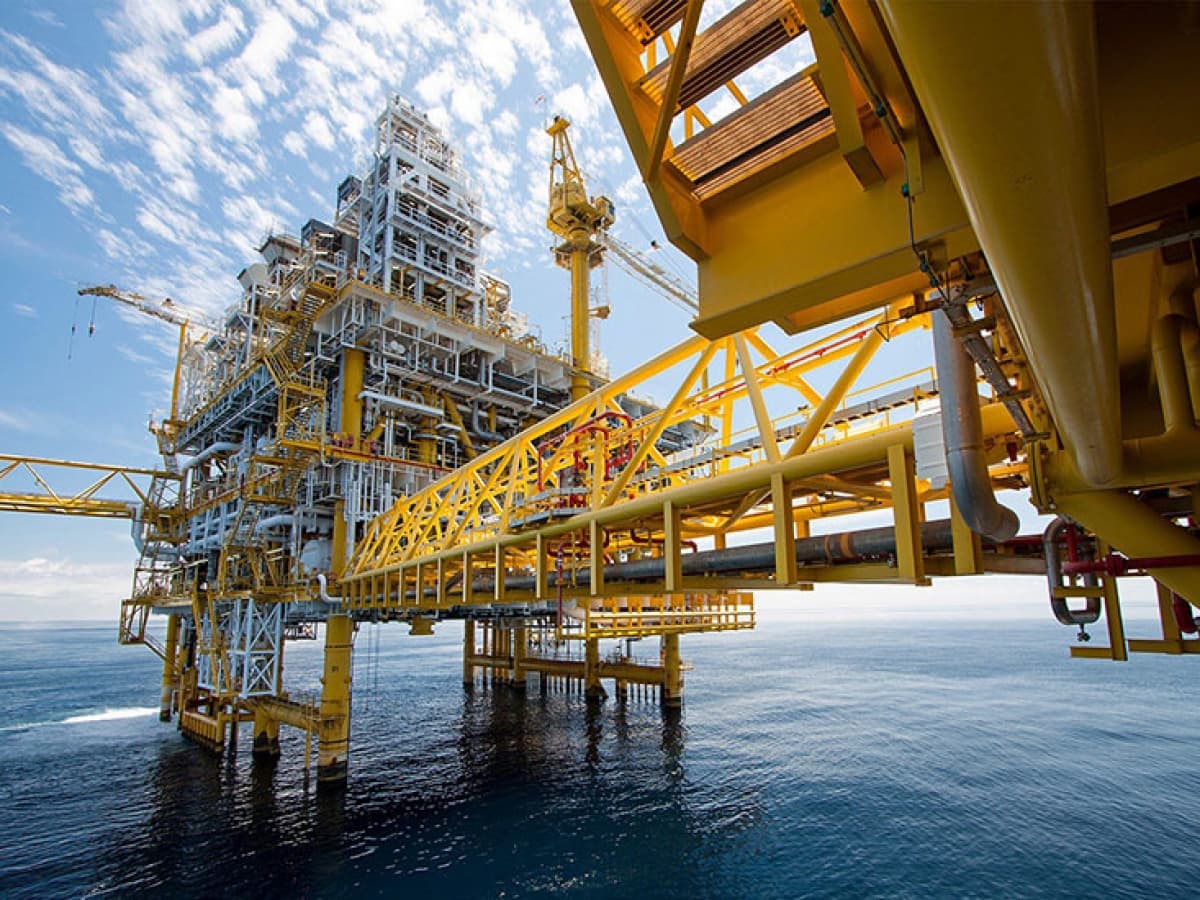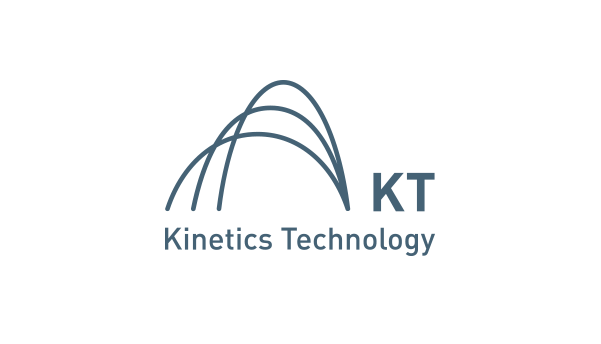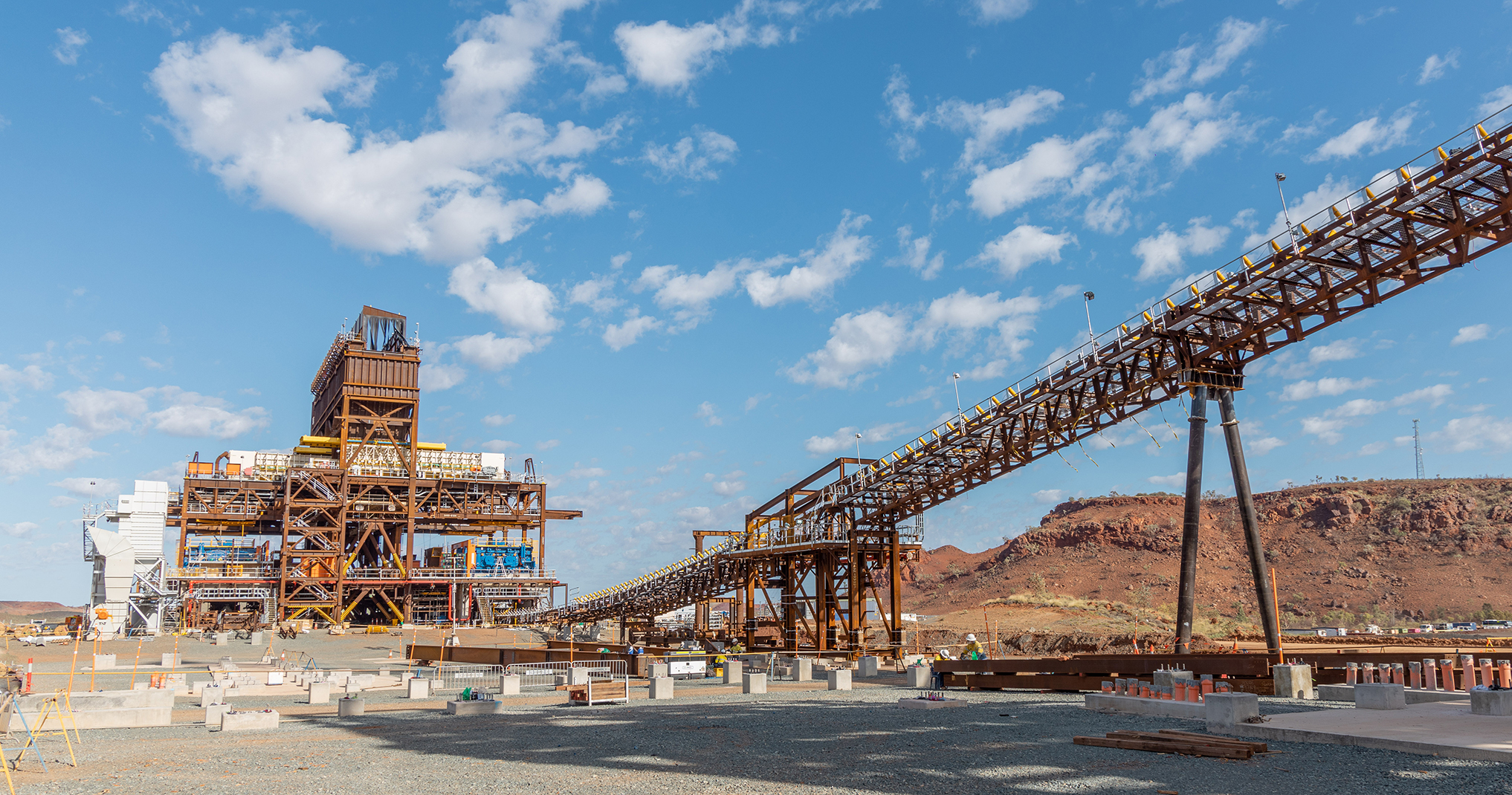
Given the enormous mineral resources in the MENA region with countries such as Saudi Arabia and the UAE, it may surprise some to learn that the first major hydrocarbon producer in the region was Egypt. The country’s oil production goes as far back as the second half of the 19th century, at a time when it was both energy self-sufficient and an exporter of hydrocarbons. Even today, oil and gas production is the single largest economic activity in the country.
Italian energy giant ENI has had a presence in the country for over 60 years. Its work with the government of that time has since provided a blueprint for several oil-producing countries on how to work with foreign companies. Its 2015 discovery of the Zohr field - the largest ever gas discovery in the Mediterranean - was a boon for the country and its people. Business Excellence decided to take a closer look a find that points to a far more prosperous future for Egypt.
Overview
ENI’s Zohr finding in 2015 is remarkable not simply because of the scale of the finding, but because of its historical context. In March of that year, the country’s government announced that it would no longer be energy self-sufficient owing to a booming population and dwindling supplies. For a country that prides itself on its oil and gas industry’s heritage, it was a hit: The benchmark stock index, the EGX30 fell by around 30%, as investors got the news.
Just six months later, ENI had discovered Zohr – roughly translated to be “A Muslim prayer offered to God at the noon hour of the morning”. ENI capitalized on a bet that saw it raise $70 million to fund the exploration in a territory that Royal Dutch Shell had previously drilled for 10 years without success. Little wonder that ENI’s CEO at the time, Claudio Descalzi, referred to the find as “a very emotional moment.” Prime Minister Mostafa Madbouly also shared similar emotions stating “Before operating this field, we were importing natural gas. The Zohr field enabled Egypt to meet its domestic needs and achieve an export surplus” In addition to bringing Egypt back to energy self-sufficiency, the success of the Zohr fields has reignited global oil industry interest in the country.
The Zohr field itself is spread over approximately 100km2 within the offshore Shorouk Block, nearly 200km from Port Said, Egypt. The water depth in the field area is 1,500 metres and its reservoir extends for a further 4,000 metres below the sea bed. In total, Zohr is estimated to contain around 30 trillion cubic feet (Tcf) of recoverable gas reserves, providing enough gas for Egypt for over 20 years.
In terms of the on-site infrastructure, the field currently has 13 production wells with a further 200 being planned over its production life. Production is controlled by a shallow water platform located approximately 60 kilometres from the coast. The subsea installations at the field include manifolds, subsea and topside control systems, a pressure protection system, and tie-in systems. Its gas is transported through two 216km-long and 30in-diameter pipelines connecting to an onshore gas treatment facility at El-Gamil.
Technology
For ENI, the Zohr discovery was an apt reward for the near $450 million investments that it had made in state-of-the-art exploration technology, including constructing a data centre in Milan that interpreted data generated in the field. This was the culmination of a shift at ENI that brought together a CEO willing to take calculated risks and back his exploration team, leading geologists, and a strong strategy that emphasized getting oil and gas to the market quickly.
It paid off. The field was already producing by December 2017 - quite incredible given that the final investment decision (FID) was made less than two years before. This marked a new record for this type of deposit and ultimately leading to Zohr winning the prestigious IPTC’s Excellence in Project Integration award. The project's success could also be measured with output; thanks to Zohr, Egypt announced record liquified gas exports in 2021.
Diversifying Management
The attractiveness of the project inevitably attracted interest from some of the biggest players in the oil and gas community - eager to participate in the region’s most exciting gas project in decades. While the initial running of the project was all ENI, the consortium of investors behind the project now includes the likes of BP, Rosneft, and Mubadala Petroleum, all of which came on board in 2017, underlining how exciting the project is. In the Shorouk Block, Eni holds a 50% stake, Rosneft 30%, BP 10%, and Mubadala Petroleum 10% of the Contractor’s Share (where Eni, Rosneft, BP, and Mubadala Petroleum are collectivity of the Contractor).
Petrobel is responsible for executing the project, the Operating Company jointly held by Eni and the state corporation Egyptian General Petroleum Corporation (EGPC), on behalf of Petroshorouk, jointly held by Contractor (Eni and its partners) and the state company Egyptian Natural Gas holding Company (EGAS).
Project Partners and Suppliers
World-class project sponsors usually mean world-class partners and suppliers, and on this count, Zohr is no different. The nature of the project meant that most of the preparatory work was carried out underwater, calling for companies with highly specific skill sets. For example, the project's engineering, procurement, construction, and installation (EPCI) contract was awarded to Saipem, who was supported by Norwegian subsea contractor Havram by providing subsea umbilicals, risers, and flowlines. On the Zohr North development, Havram installed 100 miles of umbilical product in over 4,600 feet of water depth.
Aker Solutions was awarded the contract to deliver approximately 180 kilometres of steel tube umbilicals that connected the subsea wells to the offshore platform. Bonatti handled the electrical and instrumentation works for the project
The project’s autonomous underwater vehicles (AUV) were supplied by UTEC, a subsidiary of Acteon. OneSubsea was awarded a $170m contract to provide subsea production systems for the first phase of the project development in June 2016, Petrobel was the main contractor for the second phase, and Baker Hughes was awarded the contract to provide its innovative subsea production systems for phase two of the gas field, which began in September 2017.
Elsewhere, support work contracting services were supplied by Toubar Contracting Company and Petroleum Marine Services (PMS). A range of oil and gas platform services were also provided by SAPESCO, Spina Group, DeepTech Oil Services, Borets International, KT-Kinetics Technology was awarded a contract extension of an existing EPC project of gas monetization. Other auxiliary technology services were contracted out to National Technology Cairo and Golden Light For Electrical Supplies.
An Inflection Point for Egypt
Claudio Descalzi, CEO of Eni, recently met with Egypt's President, Abdel Fattah el-Sisi, and the Minister of Petroleum and Mineral Resources, Tarek El-Molla, to discuss Eni's activities in the country as well as areas of common interest and collaboration, all in relation to Egypt's vision of becoming a regional gas hub by sustaining domestic demand and LNG exports opportunities by leveraging existing LNG Plants. Eni’s commitment to supporting local production through an aggressive exploration and development campaign (Eni has won five new exploration licenses in Egypt), as well as accelerating the decarbonization of its operations and developing CO2 capture and storage (CCS) and hydrogen production projects was also tabled.
In the future, the discovery of the Zohr field will almost certainly be seen as the moment that Egypt’s fortunes took a dramatic upward turn. Even during the Covid-19 pandemic, the funds generated by Zohr enabled the government to provide enough funding to allow the economy to continue growing. Few projects can claim to have such an impact. In a very short period, Zohr has already proven to be a true inflection point for the prosperity of Egypt and its people.



 BE-GLOBAL- ZOHR GAS FIELD PROJECT SPREAD.pdf
BE-GLOBAL- ZOHR GAS FIELD PROJECT SPREAD.pdf










